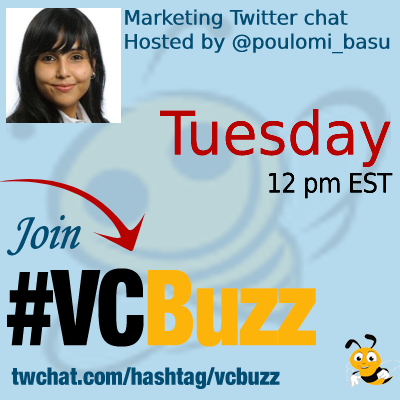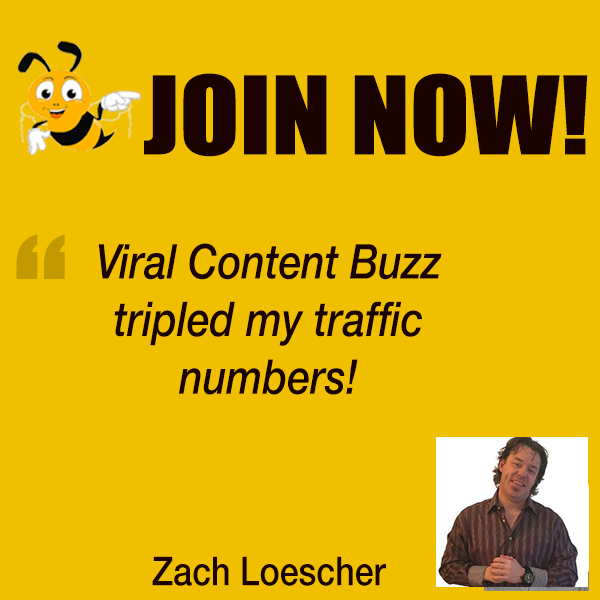
When planning a digital marketing strategy, what’s your first step?
Marketers would start with market research, competitive research, SEO evaluation, etc.
In reality where you should start is the business itself.
Your website should be optimized for growth. Here’s how.
About @poulomi_basu
@Poulomi_Basu is a branding, SEO, and content writing specialist, helping entrepreneurs to develop their brand story and optimized websites and content.
Connect to Poulomi on Linkedin
Questions we discussed
Q1 How did you become a digital marketer? Please share your career story!
I worked in a few different roles before I became a digital marketer. I started my career in journalism in India. Then I moved on to graphic design and art direction in advertising, and my last role in India was as a brand consultant.
But I also needed to learn business strategy. So I did my MBA in France and worked in LÓreal and Johnson & Johnson in global strategic marketing. In 2015 I became an entrepreneur with a mission to help other small businesses with digital marketing.
Currently, I help entrepreneurs and small businesses develop their brand positioning and optimize their websites for growth.
Q2 How can website optimization help growth?
Your website is your #1 branding and marketing tool. Even when considering domain name ideas, keep your branding in mind.
It’s the nucleus of all your online marketing like social media, advertising, and email marketing. A few ways you can optimize your website for growth, even as a small business with limited resources:
Make your website your online brochure and more than that, your brand. State your brand messaging on your website and explain your unique value proposition: what you offer to your audience and what makes it different/ better than your competition.
Unfortunately, many small businesses still don’t work enough on their brand, and use their websites to simply display products and services. Make it a brand website, not just a business one. Share your brand mission, vision, values, and story.
Work on your SEO to rank high in search engines, so you get found by your audience and build brand awareness.
Write content that provides value to your audience, resonates with them, and makes them trust your expertise and your brand. That’s how you build credibility. Your audience will buy from you if they trust you.
Use that content further to generate and convert leads with marketing automation and email marketing. Yup, email still works!
Create a marketing/ sales funnel on your website and use personalized content and landing pages if possible, to guide the website visitor on their customer journey, from awareness to loyalty.
Q3 How to create an effective brand positioning strategy?
Your brand positioning and unique value proposition (UVP) are interlinked. You can craft your UVP with this template (also attached an image):
- Your brand is: (how you describe the brand)
- That helps: (your target audience)
- Who is: (the problem they are facing)
- With: (the solution, value you deliver with products/ services)
- You can do this because: (your credibility)
- Unlike: (differentiation from competition)
With this UVP, you create a positioning map and evaluate where you stand relative to your competition. This will help you create your final brand positioning framework and craft your brand statement and promise.
Q4 When you have a new client, where do you start optimizing your website for business growth?
I first do a detailed site audit, and these are the elements I check and optimize further:
Information: Does the website provide all the necessary information (sometimes including an FAQ page), about the business that the audience needs to engage/ convert?
Branding: Are the brand positioning and promise clear? Is it easy for the target audience to quickly know about what the brand offers? Is there brand consistency in the messaging, and look and feel?
SEO: Is the site optimized for technical SEO? Is there a sitemap, are the pages indexed, is the site architecture optimized, and is it mobile-friendly? How’s the page speed: does it need work?
Content: How much content is there on the website, is it SEO-friendly, and are all the pages and posts optimized for on-page SEO? Is the schema markup set up? Does the copywriting need more work to engage visitors?
User experience: Is the site easy to navigate, does it flow smoothly, and can the audience quickly get the information they want? How is the visual experience…for e.g., is the text easy to read?
Local SEO: Is the site optimized for local? Does the business have a Google My Business profile?
Once the above basic elements are taken care of, we move on to backlinks, marketing automation, and lead and sales conversion tactics.
Q5 What are your favorite digital marketing tools?
Google Analytics, Google Search Console, Ahrefs free tools, Answer the Public, Rank Math, Youtube, Screaming Frog, Feedly, Hunter, Grammarly, Hemmingway, Semrush, Canva, Link Whisper, Tailwind, GetResponse (or any other email marketing and marketing automation tool), Elementor, Hootsuite, SE Ranking, SEO PowerSuite, Asana/ Trello, Buzzsumo, Hotjar
Empower small businesses to achieve growth with branding and digital marketing.



